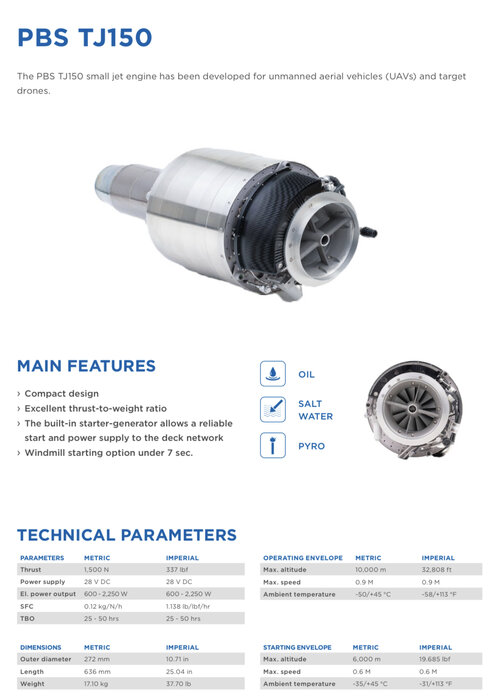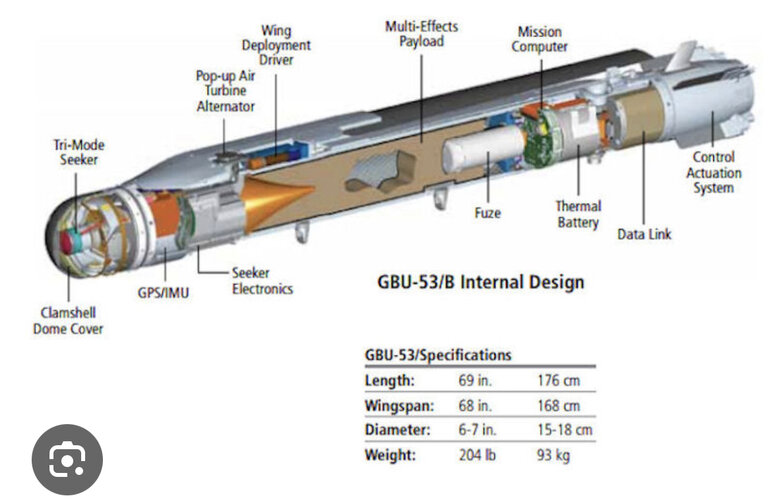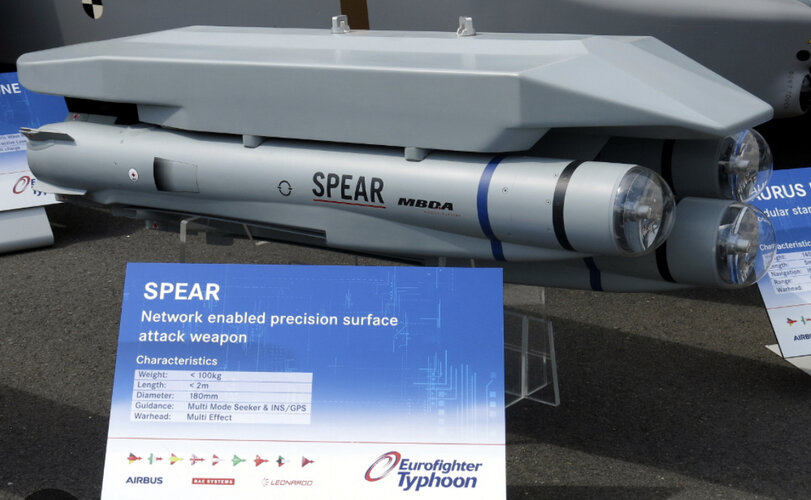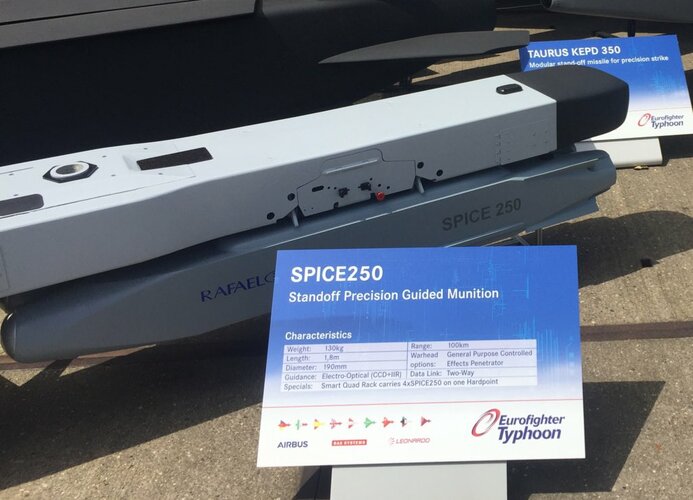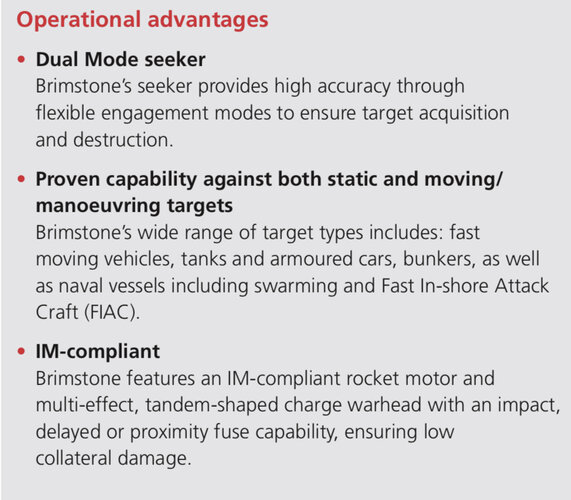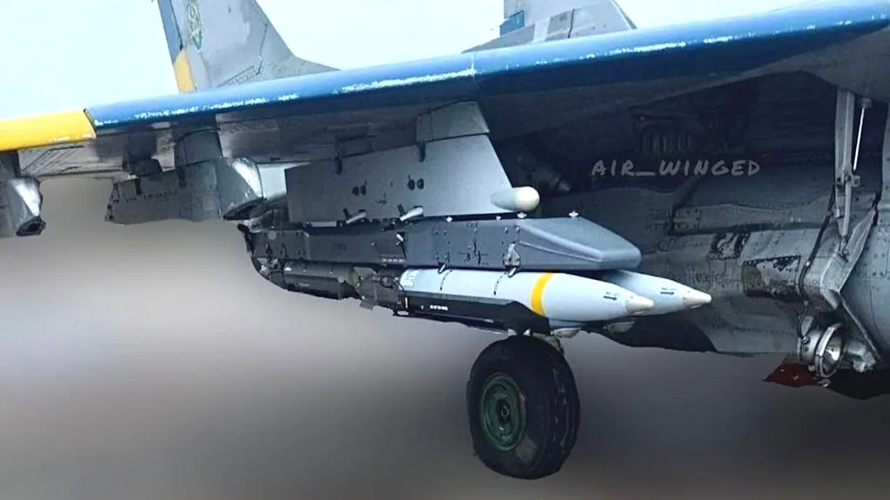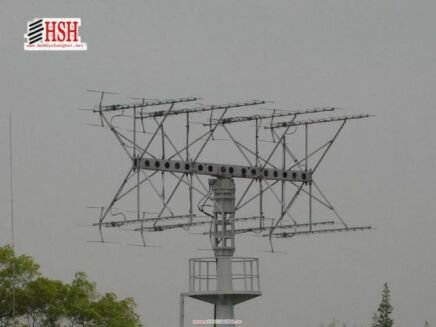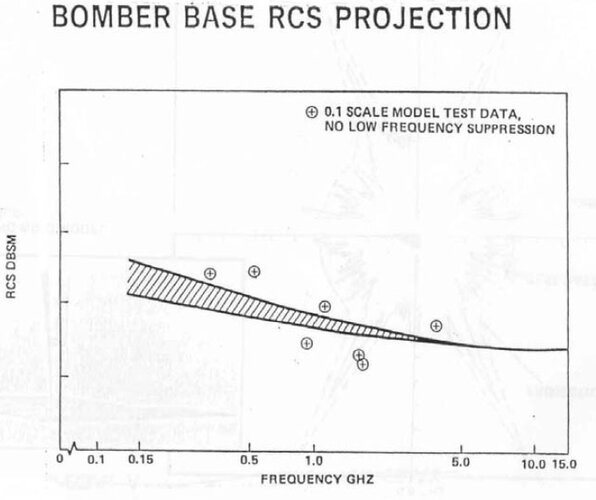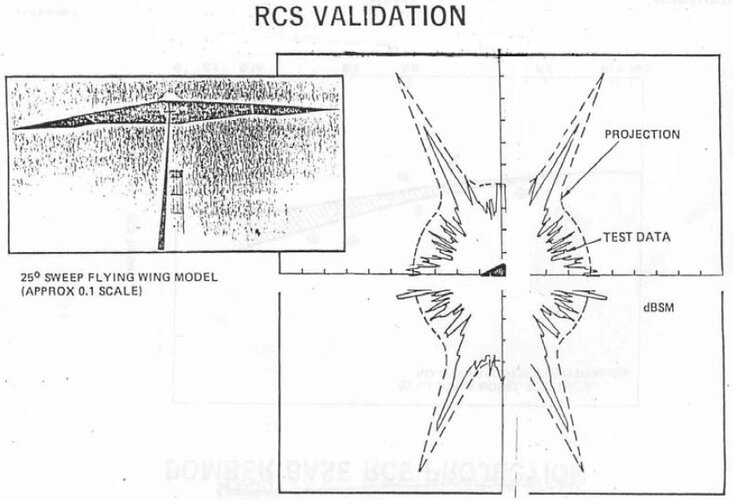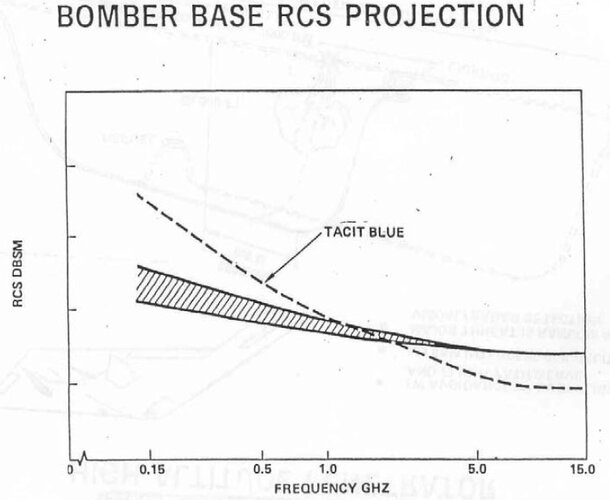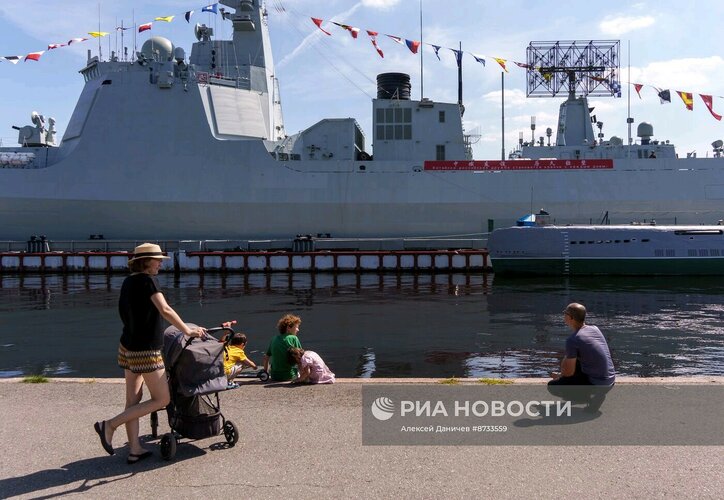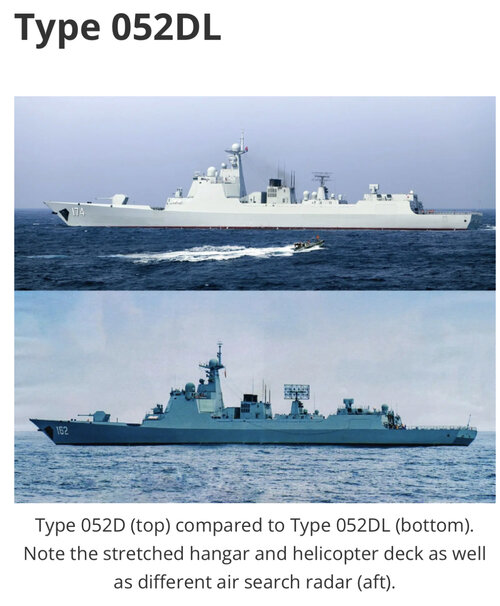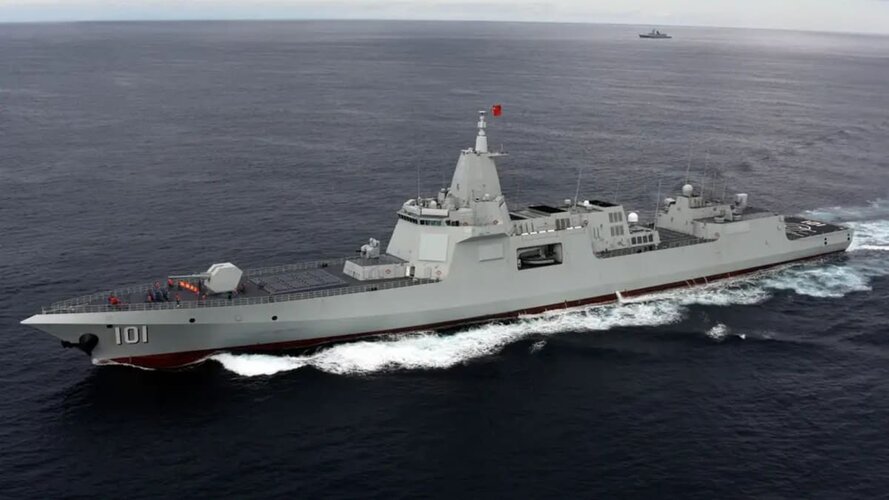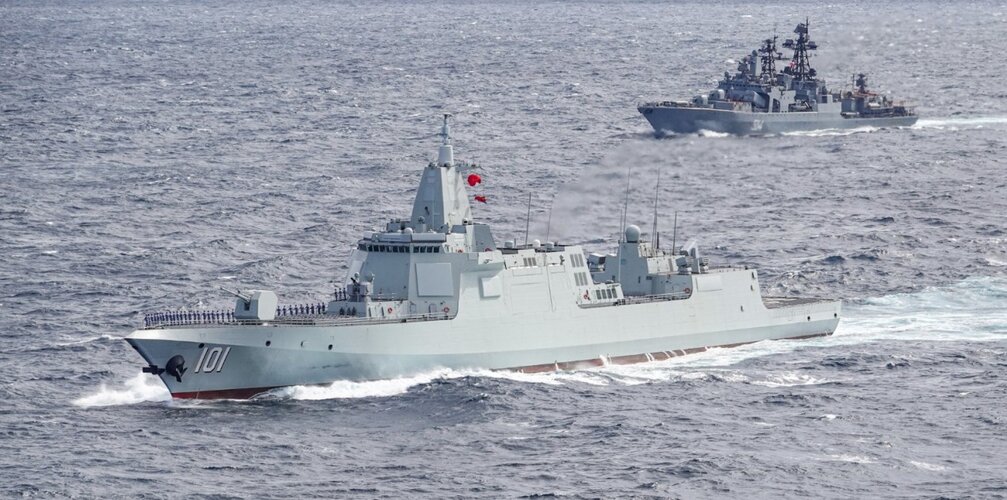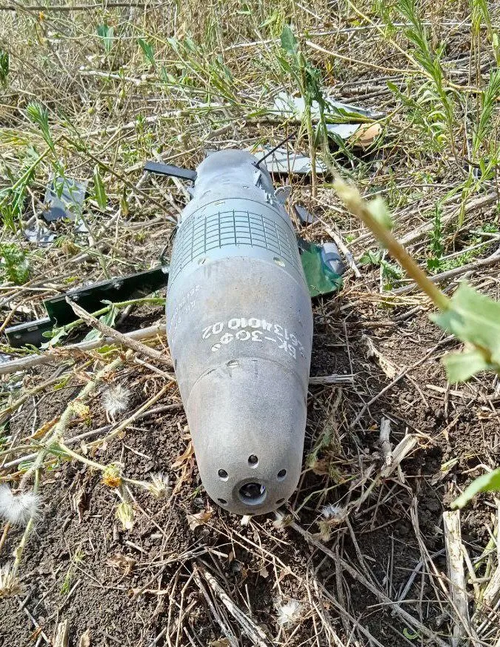bring_it_on
I really should change my personal text
- Joined
- 4 July 2013
- Messages
- 3,667
- Reaction score
- 3,815
Lethality is always in and you have to be able to defeat the target set its designed to effectively defeat. So yes, what WH you chose is highly dependent on what your customer desires. Both from the effects stand point and the lethality stand point. This is always the case in munition program requirements. Without exception.Well, yes if it is not explicitly mentioned in the requirement about a specific warhead weight then yes, it is up to the weapon manufacturer to design, as long as they can still match other requirements in the list.
What was the WH variation amongst the SDB II proposals. Can you shed some light on that?You are acting like there is only one specific solution for each list of requirement while that clearly not the case at all.
We have no idea what the enduring SiAW requirements were but specifically, how does the proposed SiAW warhead differ from the proposed MAKO warhead?Lockheed Martin MAKO and Northrop Grumman AARGM-ER were competing against each other for SIAW program, they clearly don't have the same size or speed.
And yes sure, SDB II has a defined targets, just like SPEAR is, you still haven't been able to provide the targets set of either let alone proving that there are a massive different between their target set.
Those who know the program know what the target set is and you aren't going to deviate significantly from what Raytheon/General Dynamics has fielded as a multi-effect WH solution. Its literally that simple. So if they desire a long range weapon in the SPEAR class, they will have to alter lethality or other WH requirements allowing a larger WH trade space.. But to the best of my knowledge, the directorate is not seeking that. Not yet anyway. They want ways to extend range of the current SDB class weapons and wants longer range weapons in a different form factor. Those 2 to three classes combined might actually make something in the SPEAR class redundant from a USAF munitions portfolio perspective.
My point is that there is no powered SDB II in production, the only time where a plan for it pop up is when Raytheon intended to compete against MBDA SPEAR in UK selective precision effects at range capability 3 program. That should indicate the similarity between SPEAR and a hypothetical powered SDB II.
All that proves is that RTX can (or thinks it can) easily modify its design and trade guidance or warhead component volume and mass for fuel and other components allowing a powered variant to be created allowing commonality elsewhere. That was never a point I was disagreeing with. What I'm saying is that by doing so, RTX would not still be able to offer lethality and other effects in accordance with the USAF's original SDB II requirement for which they chose a particular 40-50 kg class WH solution. So something has to give..if it doesn't, it would force them to completely different design choices. It might not have been a problem for UK requirements but the USAF is not UK and if it demands a range extension on the SDB II such a solution might not be able to meet that..and what does might have to be somewhere in lower (but still extended) range class than SPEAR 3. If the USAF sets aside SDB II specs, and asks for a small quad-packed munition with 100+ km range and powered flight and other requirements then depending on what they are other clean sheet solutions might be more affordable and optimized. It all begins with answering what you are trying to do with this in terms of target sets and other performance requirements.
Last edited:



